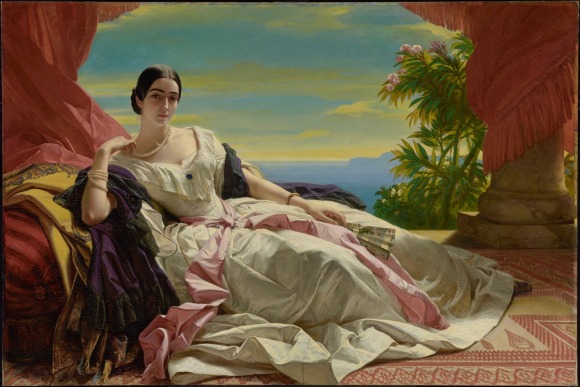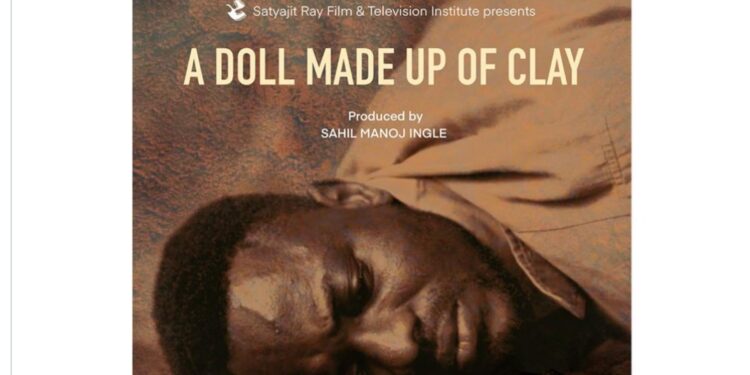 Image Source: OpenEdition Journals
Image Source: OpenEdition Journals
In the roll call of British colonial history, there are perhaps few tales so poignant as Princess Victoria Gouramma of Coorg, Indian princess and Queen Victoria's goddaughter, only to spend a lifetime paddling through the glacial waters of Victorian prejudice. Her path-from the green hills of Coorg to the golden corridors of Buckingham Palace-highlights the contradiction of imperial "kindness": an innocent girl worshipped as exotic wonder but never quite accepted as an equal.
From Coorg to London: The Exile of a Princess
Born in 1841 in Benares (Varanasi), Gouramma was the daughter of Chikka Virarajendra, the last king of Coorg, a tiny principality in Karnataka state today. Her father's time on the throne came to a sudden end in 1834 when the British East India Company took over Coorg by a brief war, sending the king and his family into exile. For almost two decades, Virarajendra languished in Benares as a political prisoner, nursing the hope of regaining his throne. In 1852, he set sail to England with 11-year-old Gouramma, hoping to appeal to Queen Victoria for justice and revive his dynasty.
The British media welcomed their arrival with a combination of fascination and condescension. Newspapers portrayed Gouramma as the "fairest of the dark-complexioned," exoticizing her while quietly upholding racial hierarchies. Her father's hopes of restoration were soon dashed, but Queen Victoria, attracted by the young princess, stepped in. She proposed to adopt Gouramma, baptize her into Christianity, and establish her in British upper society. On 5 July 1852, Gouramma was christened Victoria Gouramma in a public ceremony at Buckingham Palace, with the Queen acting as godmother.
Life as a "Model" Victorian
Gouramma's conversion to a Victorian lady was rapid. Under the care of Major and Mrs. Drummond, she was taught English, learned Christianity, and acquired European etiquette. Queen Victoria herself became interested in her upbringing, ordering portraits and making sure she was invited to royal gatherings. To outsiders, Gouramma appeared to be the ideal imperial success story-a "civilized" Indian princess who epitomized Victorian values.
But under the facade, her life was one of loneliness and cultural erasure. Although close to the royals, she never quite belonged. Historians remind us that Gouramma's Indian heritage tended to be covered up or used for purposes of exoticism. Queen Victoria herself, while friendly toward her, regarded her with a colonial frame of mind: a project aimed at displaying Christian conversion and British magnanimity. Arrangements to marry her off to Duleep Singh, the exiled Maharaja of Punjab and another British ward, fell through when he spurned the union. Instead, Gouramma was married at 19 to Lieutenant Colonel John Campbell, a 49-year-old army officer who was thirty years her senior. The Crown-arranged marriage was more of a political union than a romance.
A Short, Troubled Life
The union proved disastrous. Campbell, described as a gambler and opportunist, squandered Gouramma’s allowance and showed little regard for her well-being. The couple had one daughter, Edith Victoria, in 1861, but the relationship deteriorated rapidly. Isolated and unhappy, Gouramma’s health declined. She died of tuberculosis in 1864 at just 23, leaving Edith orphaned. Campbell, who had mismanaged her finances, faced public scrutiny but faced no consequences.
Gouramma's death was greeted with subdued sympathy in Britain. Queen Victoria, while saddened, did nothing to probe the circumstances of her goddaughter's unhappy marriage and untimely death. Gouramma was laid to rest in Brompton Cemetery, London, her grave a silent witness to a life torn between two worlds.
A Legacy of Colonial Paradox
Princess Victoria Gouramma's tale unmasks the duplicity of British colonialism. While the monarch celebrated her as a trophy of imperial beneficence, it dispossessed her of agency, heritage, and dignity. The most salient contradictions characterize her legacy:
Tokenism Rather than Acceptance: Gouramma's adoption and baptism were heralded as Christian acts of charity, but she was never accepted as a complete equal. Her Indian background was erased, and her purpose was reduced to that of a "model minority" purposed to legitimize colonial domination.
Exploitative Marriages: Her union with Campbell reflected British policy of leveraging marriages to exert control over royals in exile. The same pressures were placed on Duleep Singh, who defied them by wed an Englishwoman over Victoria's objections.
Silenced Voices: Gouramma's letters and inner reflections largely remain lost to history. There are mostly records of her life from British eyewitnesses, pointing to how Indigenous voices were rendered marginalized in colonial accounts.
Echoes in Modern Times
Gouramma's struggle resonates in later generations of women of color within the orbit of the British monarchy, ranging from Sophia Duleep Singh (a suffragette and daughter of Duleep Singh) to Meghan Markle. Similar to Gouramma, these women experienced scrutiny of their racial and cultural selves, minimized to symbols more than being acknowledged as individuals.
But Gouramma's tale also suggests quiet resistance. In spite of her limited situation, she moved graciously through Victorian society, creating moments of independence-whether through her relationship with her daughter or her passive defiance of Campbell's exploitation.
Conclusion: Remembering Gouramma
Princess Victoria Gouramma's life is more than a colonial footnote. It is a window through which to view the human cost of empire: the children displaced, the cultures repressed, and the lives lost for political spectacle. As historians rediscover marginalized figures such as Gouramma, her life challenges us to engage with the long-lasting legacies of racism and imperialism-and to hear the voices still silenced by history.
Sources: Times Now, The Royal Parks, Wikipedia, Storytrails, India Today, The Indian Express
Advertisement
Advertisement







